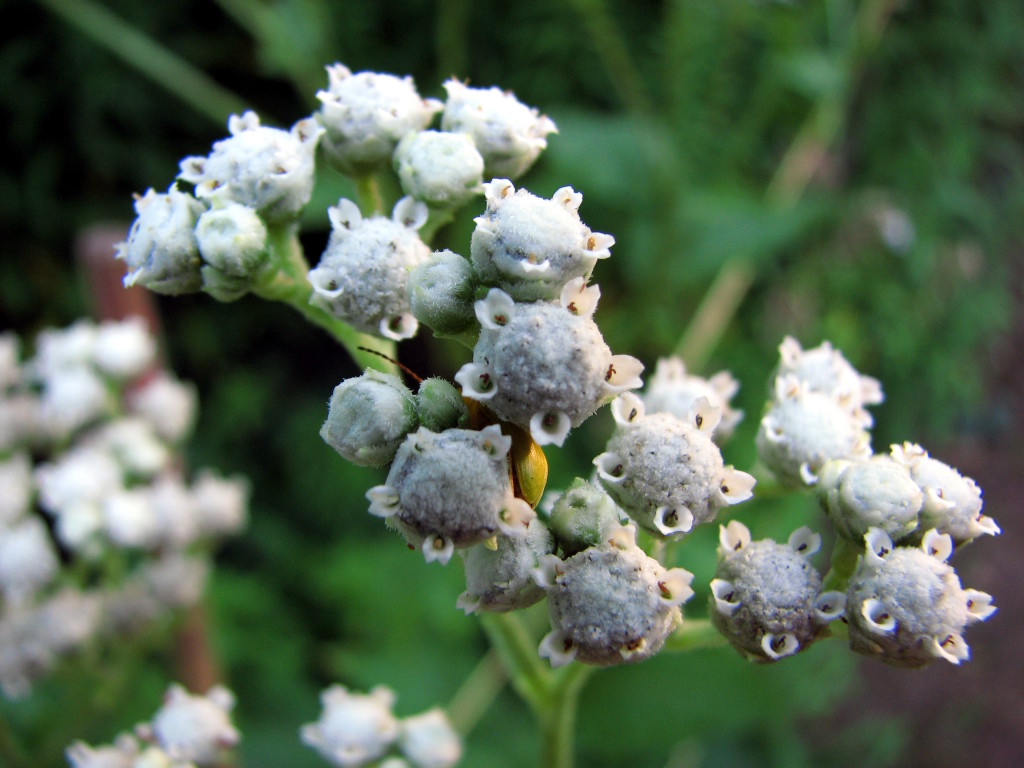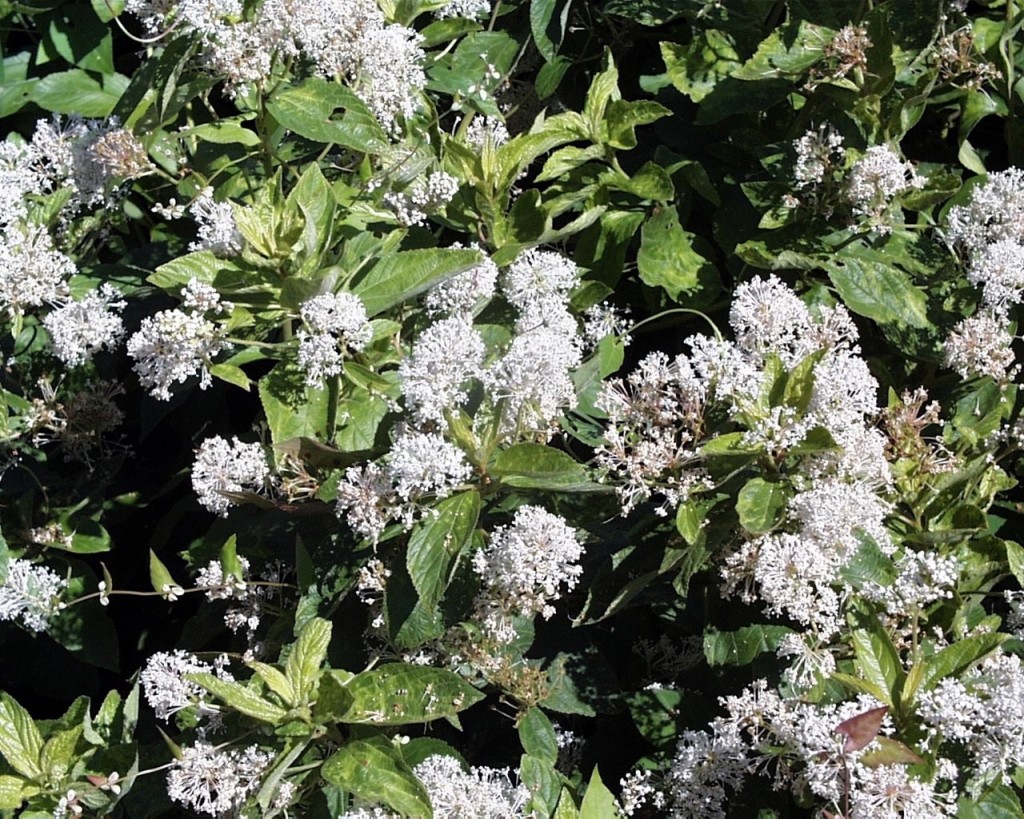Our greenhouse is finally filling up, and what a sight! Little green sprouts are popping up in their pots, eager for more warm weather. By the time our plant sale rolls around the greenhouse will be a gallery of purple, pink and orange blooms! Unfortunately, all that gorgeous color will surely steal the spotlight away from some of my favorite white flowering species. Too many native and adaptable white wildflowers don’t get the attention they deserve in the modern garden. Opposite of the recent Oscar’s controversy, we aren’t giving these wonderful whites enough attention! White flowers add brightness to shady or green-dominated areas and won’t clash with your existing color palette.
Here are a few of my top picks from our upcoming plant sale that will add an under-celebrated species and a pop of brightness to your landscape:
Dictamnus albus – Gas Plant
Dictamnus albus could be the conversation piece of your garden this year! Contrary to what its name suggests, it has a pleasant, citrus aroma when in bloom and the flowers are good for cutting. The “gas” in its common name refers to its flammable nature – the whole plant is covered with a thin layer of volatile oils that, in the right conditions, can be ignited for a brief flash of blue flame. A fun patio party trick, to be sure! These volatile oils can cause skin irritation (known as phytophotodermatitis, if you are looking to impress your friends or physician) akin to a chemical burn, a result of the oils reaction to sunlight on the skin surface. In my opinion, the beauty and intrigue are worth the small risk. Known for its longevity, it is perfect for a full sun or part shade area that is not likely to be disturbed, for the health of your epidermis and for the happiness of the plant.
Parthenium integrifolium – Wild Quinine

Parthenium intergrifolium, wild quinine – https://commons.wikimedia.org/wiki/File%3AParthenium-integrifolium-wild-quinine-0a.jpg
Tragically underused in today’s gardens, wild quinine blooms reliably all summer long and produces attractive seedheads for dried arrangements during fall and winter. Dreamy pearl-like flower clusters form atop serrated foliage. It thrives in full sun and isn’t preyed upon by bunnies and deer – the leaves are sandpapery and unpalatable. An attractant for equally undervalued pollinators, many species of beetles, wasps and flies flock to wild quinine to feed on its pollen and nectar. Tall and clump forming, it creates a dynamic backdrop for other, shorter flowers.
Ceoanthus americanus – New Jersey Tea

Ceanothus americanus, New Jersey Tea – https://commons.wikimedia.org/wiki/File%3ACeanothus_americanus.jpg (Public Domain)
A showy native shrub, New Jersey Tea grows to 3 – 4 feet tall and produces panicle shaped flower clusters in late spring to midsummer. The eastern namesake comes from its use as a surprisingly yummy tea substitute during the Revolutionary War and also utilized by Native Americans for various internal ailments*. The dense and vigorous growth habit make it difficult to transplant once established, so pick a permanent home for it in your garden. Ceaoanthus is quite tolerant of drought and poor soil, growing well in rocky, sloping areas. The Spring Azure and Summer Azure butterflies (Celastrina sp.) use New Jersey tea as their larval host plant and continue to feed on the nectar as adults. A great alternative to high maintenance, non-native shrubs.
I’ll be saving my pennies to snag a few of these beauties for my own garden, and hopefully some of you will as well. A complement to any landscape or flower arrangement and a haven for special pollinators, why shouldn’t we adore them?
Attributions:
Gas Plant: By Bernd Haynold (Own work) [GFDL (http://www.gnu.org/copyleft/fdl.html), CC-BY-SA-3.0 (http://creativecommons.org/licenses/by-sa/3.0/) or CC BY 2.5 (http://creativecommons.org/licenses/by/2.5)], via Wikimedia Commons
Wild Quinine: By Adamantios (Own work) [CC BY-SA 3.0 (http://creativecommons.org/licenses/by-sa/3.0) or GFDL (http://www.gnu.org/copyleft/fdl.html)], via Wikimedia Commons
*info from Medicinal Wild Plants of the Prairie, Kelly Kindscher 1992

